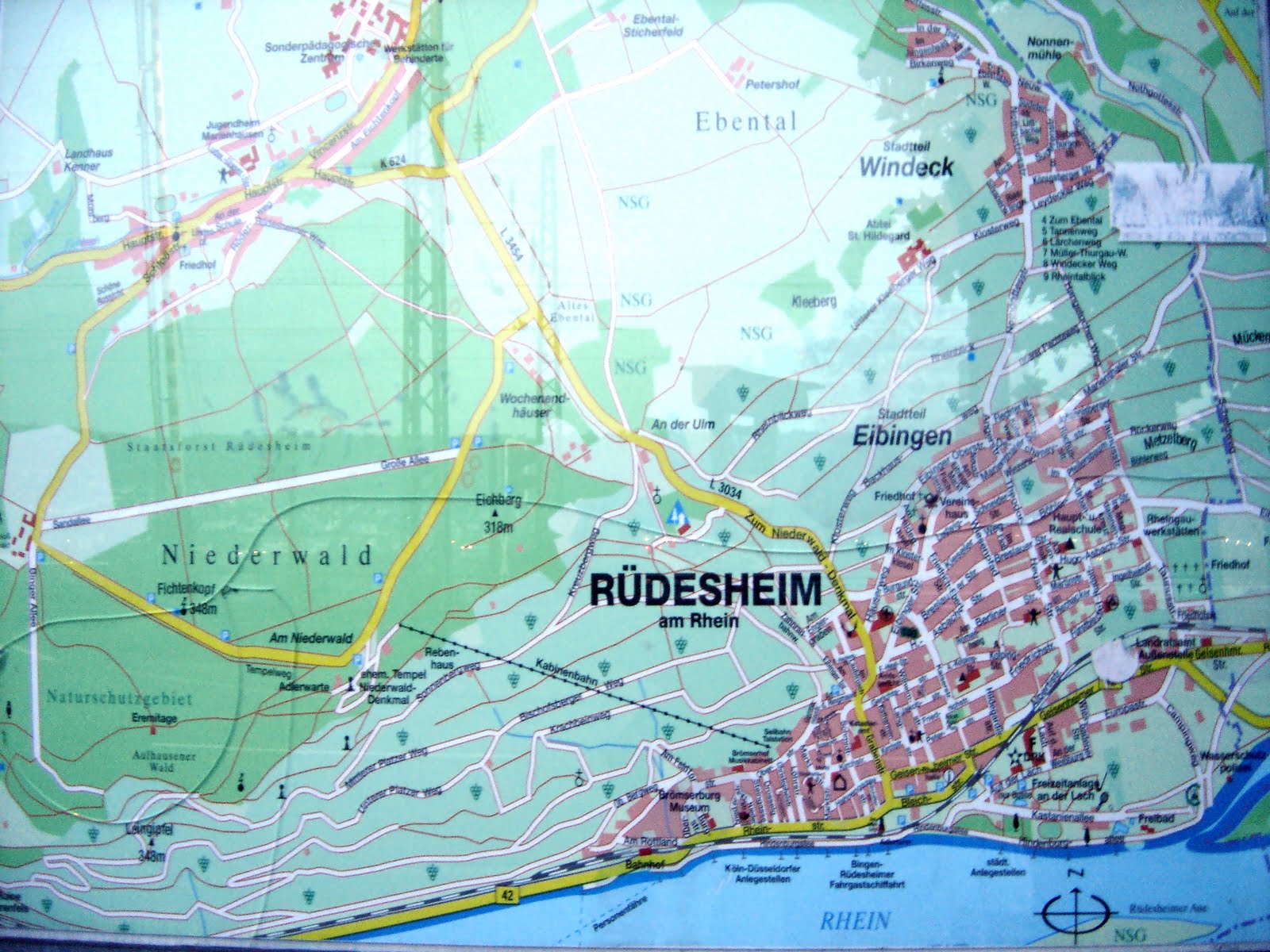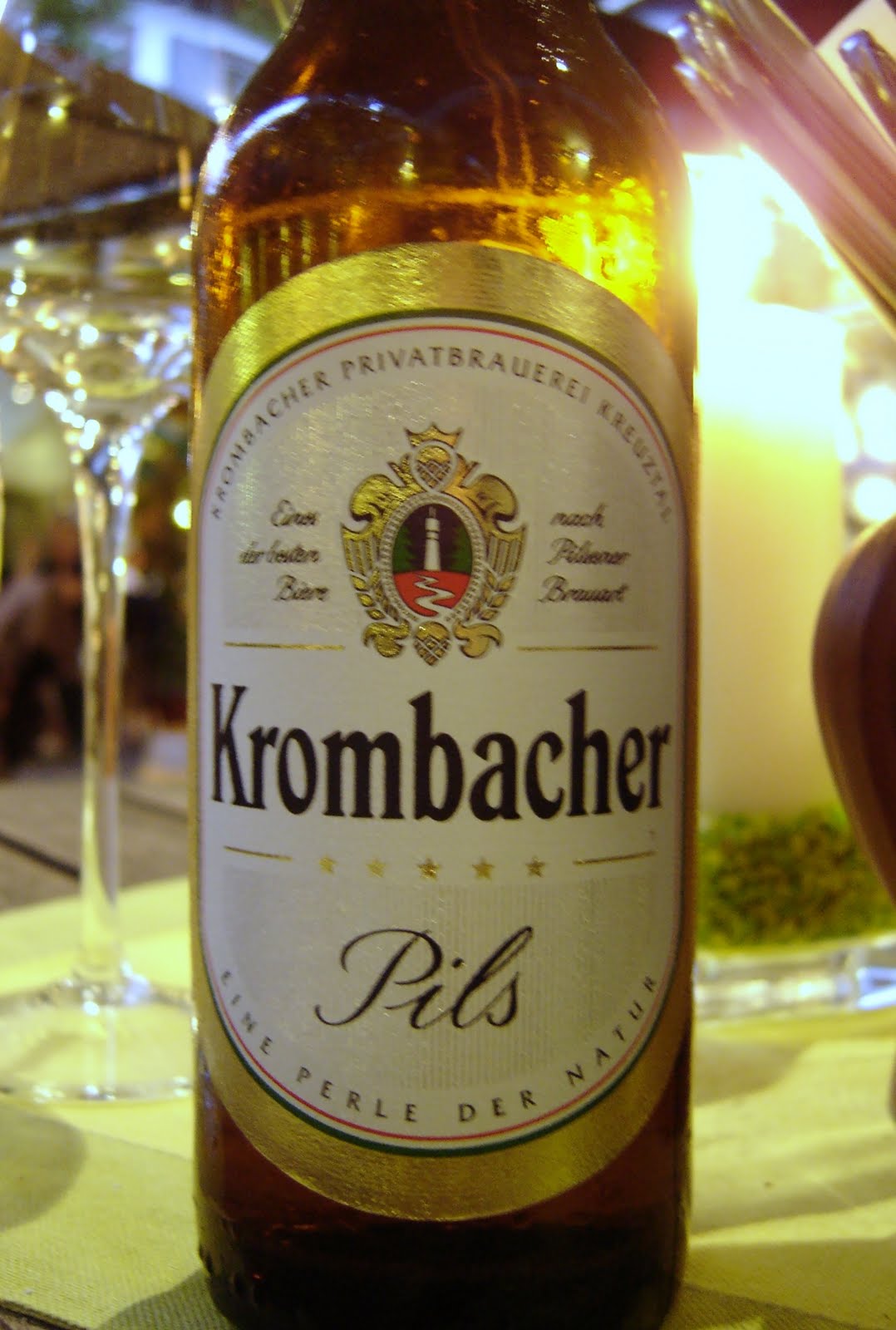I’ve recently sung the praise of Breuer’s 2007s (see here and here), and it was obvious that this new vintage (see here for a full overview) would have a hard time living up to that level. But the 2008s here turned out very enjoyable. In fact, they were stunningly good if you consider the average level of the vintage in the Rheingau. There was none of the green unripe acidity, and even the simplest dry Riesling here – the 9€ 2008 Sauvage – was not far away qualitatively from the Grosse Gewächse we tried a couple of hours earlier in Wiesbaden.
Mind you, these Rieslings are acidic. The 2008 Rüdesheim Estate (a village-level wine from various crus) has no less than 9.6g of acidity (and 6.9g of residual sugar) and yet it’s a wine of ripe mineral aromas and of engaging purity on the palate. Theresa Breuer says they were concerned by the very high analytical figures and even tried some deacidification but the damage to the wine’s balance was huge. This bottling, like its slightly more powerful sibling of the 2008 Terra Montosa (made from declassified lots of Breuer’s grands crus) shows a warm sea salinity that reminded me of Chablis.
 Berg Rottland and Berg Schlossberg are to your left.
Berg Rottland and Berg Schlossberg are to your left.Looking at the top bottlings here, the 2008 Berg Rottland Riesling was, as usually, the most open and approachable with lovely balance, bone dry, finely crafted, precise, mineral and really impressive for the vintage; a wine I find quite enjoyable today, with no challenging acidity. The 2008 Berg Schlossberg Riesling comes from a more exposed, more consistently dark-slatey vineyard and is, as usually, a very backward wine, with a bit more power and punch than the Rottland; in some vintages it can lack the acidic vivacity of the latter but in 2008, that extra ripeness from the sun-absorbing dark slate soil was definitely an advantage. Develops really well in the glass (becoming almost flowery); this will be drinkable sooner than Schlossberg usually is. The 2008 Nonnenberg Riesling is a cru I drink more rarely than the two above; from the village of Rauenthal farther east, the soil here is less slatey, more loamy. This is also a rather shy wine but less tight texturally than the Schlossberg, leaner, though not less mineral. All three are very pure wines with impressively ripe acidity; they really seem to come from a different vintage than the very lemony Rieslings from the Rheingau tasted at the Erste Lage Preview. Of course, tasting at a producer’s cellar with more time to dedicate to each wine does change your perception by a margin. But not such a wide margin. So why this difference? Theresa Breuer indicates record-low yields (going down to 25 hl/ha in the Schlossberg, and that’s at a density of 8000 vines/ha…) as responsible for the riper acidity.
We finished the evening at Breuer’s crowded
Schloss Rüdesheim Weinstube, starting with a wine taster’s best friend – cold beer, and rounding off the session with a bottle of Breuer’s enjoyable Riesling Brut. Come here really hungry as the portions are huge, and be prepared for Japanese parties and a lot of singing…

 Sunrise over Rüdesheim (photo quality courtesy of Sony Ericsson).
Sunrise over Rüdesheim (photo quality courtesy of Sony Ericsson). Berg Rottland and Berg Schlossberg are to your left.
Berg Rottland and Berg Schlossberg are to your left.

